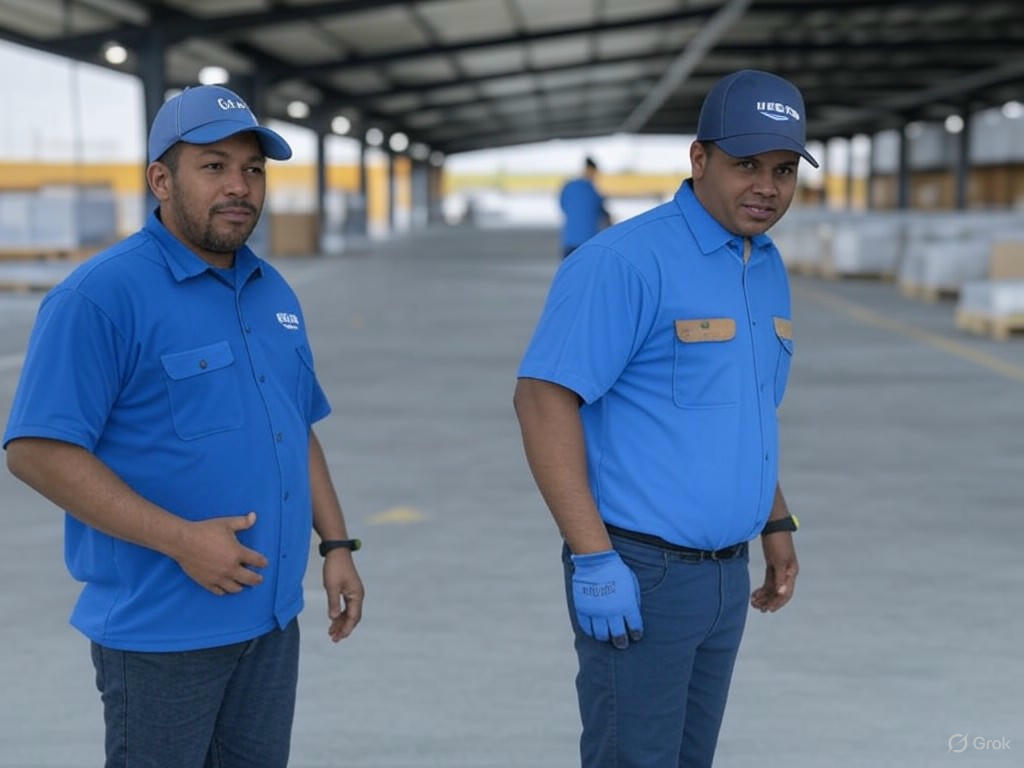Amazon Shifts Gears: Workforce Cuts as AI Takes Center Stage
In a bold move reflecting the rapid evolution of technology, Amazon has revealed plans to trim its workforce while ramping up investments in artificial intelligence (AI). The announcement, made earlier this week, signals a significant pivot for the e-commerce giant as it seeks to streamline operations and stay ahead in an increasingly competitive landscape. This decision, though tough for many employees, underscores the company’s commitment to innovation and efficiency in a world where automation is becoming the norm.
The push toward AI integration is not entirely surprising. Amazon has long been a pioneer in leveraging cutting-edge technology to enhance its business model, from optimizing warehouse logistics to personalizing customer experiences through machine learning algorithms. By embedding AI more deeply into its core operations, the company aims to reduce manual workloads, improve delivery times, and offer even more tailored services to its vast user base. However, this technological leap comes at a human cost. While exact numbers of affected employees remain undisclosed, the workforce reduction is expected to impact various departments, raising concerns about job security in an era of automation.
Critics of the move argue that such decisions prioritize profits over people, potentially setting a precedent for other tech giants to follow suit. Labor advocates have voiced worries about the broader implications of AI replacing human roles, urging companies like Amazon to invest in retraining programs for displaced workers. On the other hand, industry analysts see this as a necessary step for Amazon to maintain its dominance. They point out that competitors are also racing to adopt AI solutions, and falling behind could jeopardize the company’s market position. Balancing innovation with social responsibility will be a key challenge as Amazon navigates this transition.
For employees facing uncertainty, the news serves as a stark reminder of the shifting dynamics in the job market. Many may need to adapt by acquiring new skills aligned with emerging technologies, such as AI development or data analysis. Amazon has hinted at providing support for affected staff, though details on severance packages or career transition assistance are still pending. The company’s leadership has emphasized that these changes are not a reflection of employee performance but rather a strategic realignment to future-proof the organization.
As Amazon embarks on this transformative journey, the tech world watches closely. The integration of AI could redefine how businesses operate on a global scale, but it also raises ethical questions about the role of human labor in an automated future. For now, Amazon’s decision marks a pivotal moment in its history—one that could shape not only its trajectory but also the broader conversation around technology and employment. While the road ahead may be challenging for some, it also opens the door to unprecedented possibilities, provided the balance between progress and humanity is carefully maintained.


